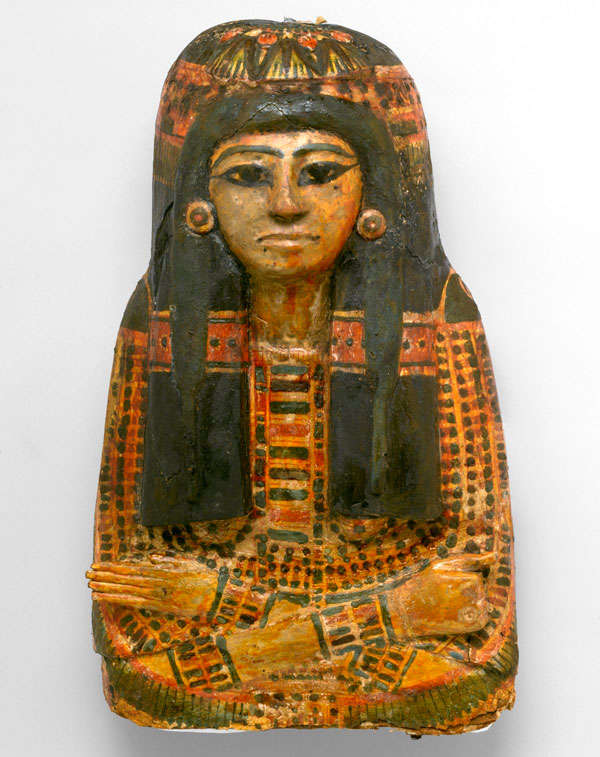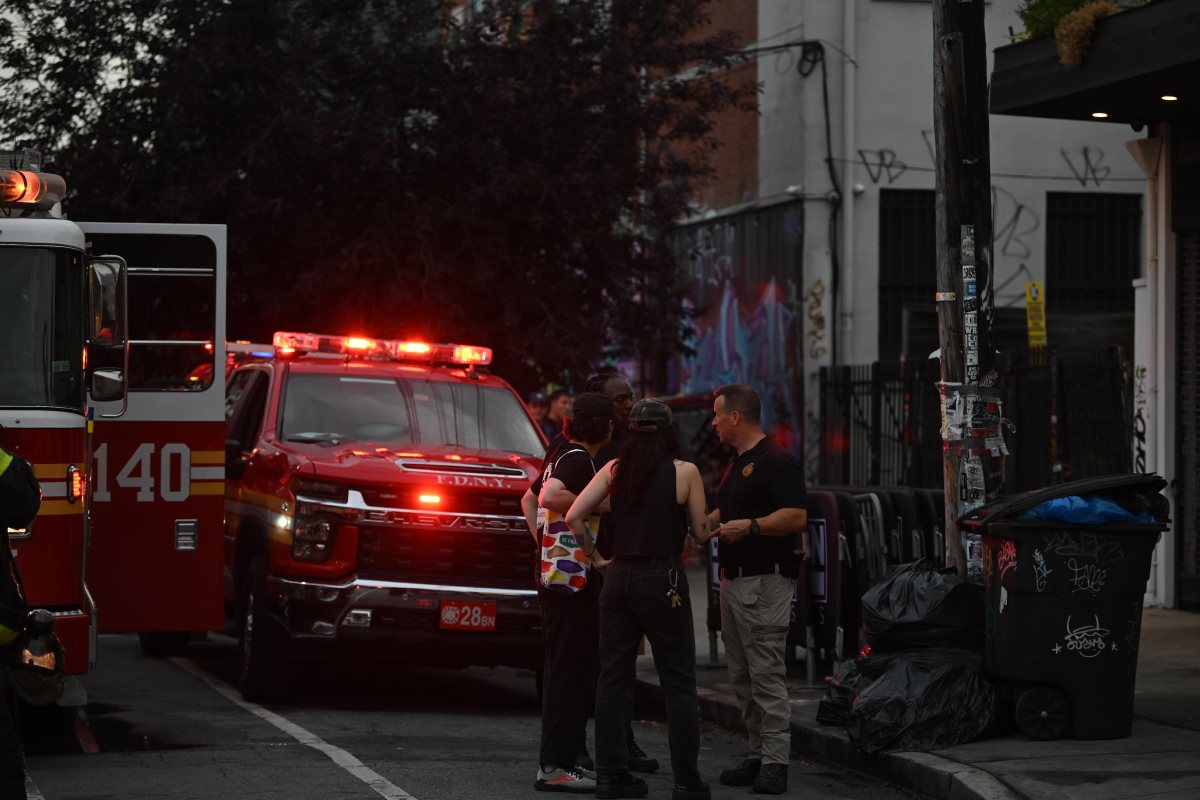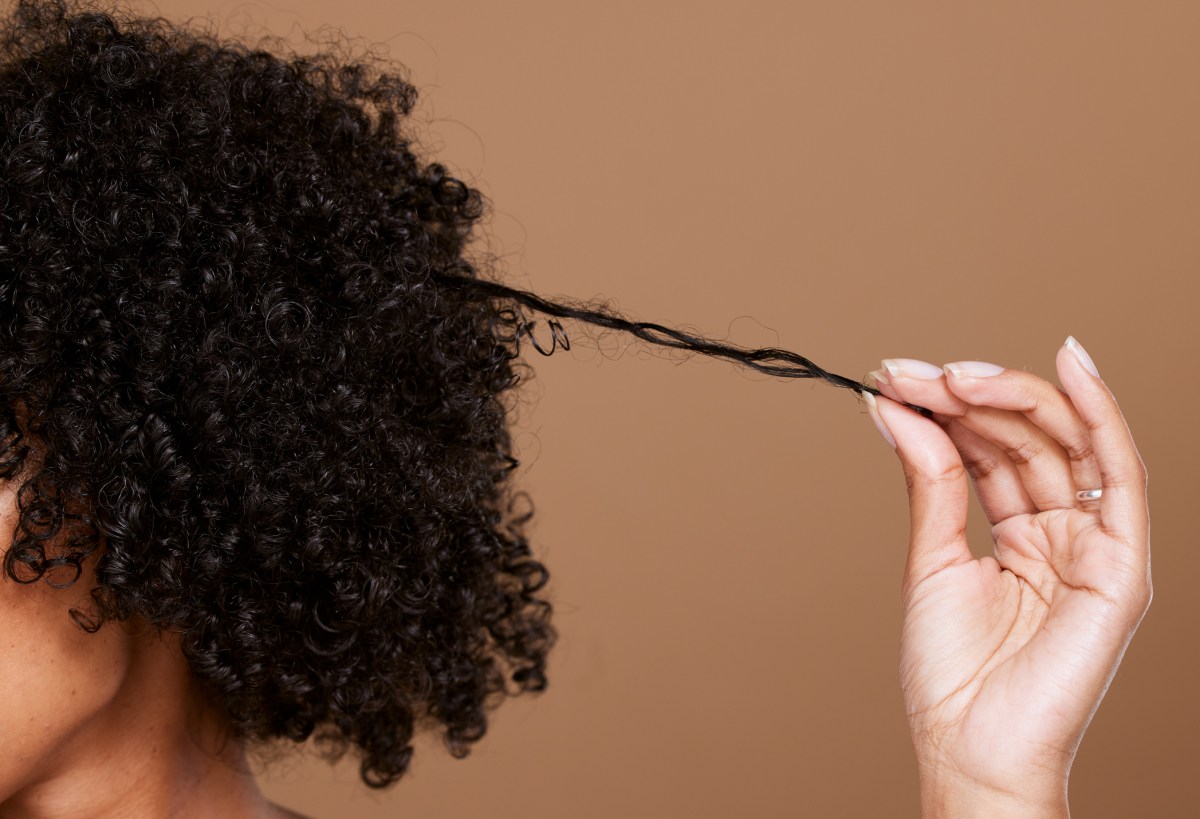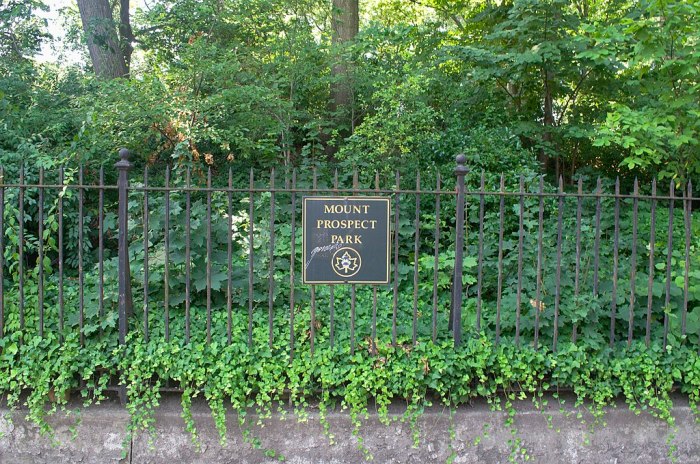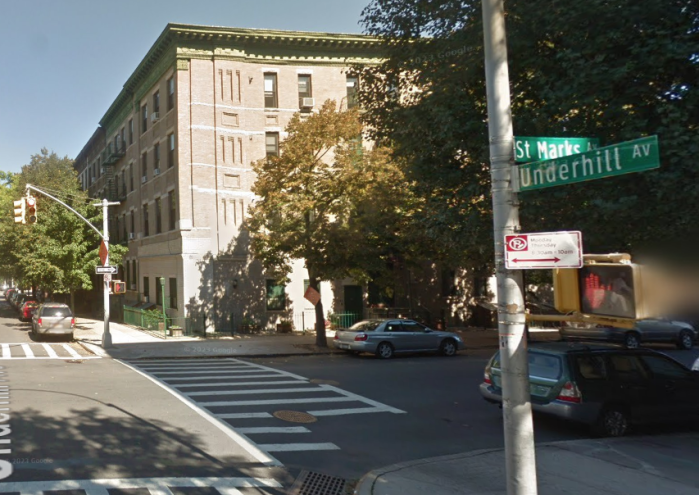For this afterlife, it’s no girls allowed!
The ancient Egyptians believed that only dudes could live on after death, but according to a new exhibit now open at the Brooklyn Museum, some women managed to slip into the afterlife — by becoming men! “A Woman’s Afterlife: Gender Transformation in Ancient Egypt,” details the post-mortem ritual that temporarily transformed women into men so they could be reborn in the next world.
Modern minds find the whole concept strange and sexist, but the exhibit demonstrates how much beliefs can change, said its curator.
“I know it’s weird but not everybody thinks the way we think — there’s more than one way to think about things and we are opening ourselves up to think outside of what we think is right,” said Egyptologist Edward Bleiberg. “In ancient times people believed in this — I don’t believe in this but I find it fascinating that people believed this.”
The transformation ritual required mummifying a woman’s body in the same way as that of a man, a process that included describing her with the masculine word for “you” on her coffin, and painting an image of her with red skin.
“Red skin on the coffin indicates a male,” said Bleiberg. “On a woman’s coffin they used to paint her skin to the male color for a ritual.”
Mummification was generally just for the rich and elite, but it is unknown whether poorer Egyptians also did similar rituals, said Bleiberg.
The exhibit consists of 27 pieces of artwork, including paintings, jewelry, and sculptures, as well as a 70-pound coffin that was used for at least two gender-transformation rituals. Some of the pieces are making their debut after years in storage, said Bleiberg.
“Some of them are restored and have been taken out of storage and conserved for this purpose,” he said. “This is giving people the opportunity to see things they haven’t seen, and to hear a story about them that is really something really new and different.”
The exhibit also shows how archeologists’ attitudes towards gender have changed over the years, said Bleiberg.
“What’s so great about it to me is looking at art through a feminist lens because when I was a student, we looked at this and said they made a mistake,” said Bleiberg. “We look at issues with much more open mind, and feminism allows us to think in much broader way in the way gender is treated.”
“A Woman’s Afterlife: Gender Transformation in Ancient Egypt” at the Brooklyn Museum [200 Eastern Pkwy. between Flatbush and Washington avenues in Prospect Heights, (718) 638–5000, www.brook
